Home>Garden Essentials>What Is Best To Cover New Grass Seed
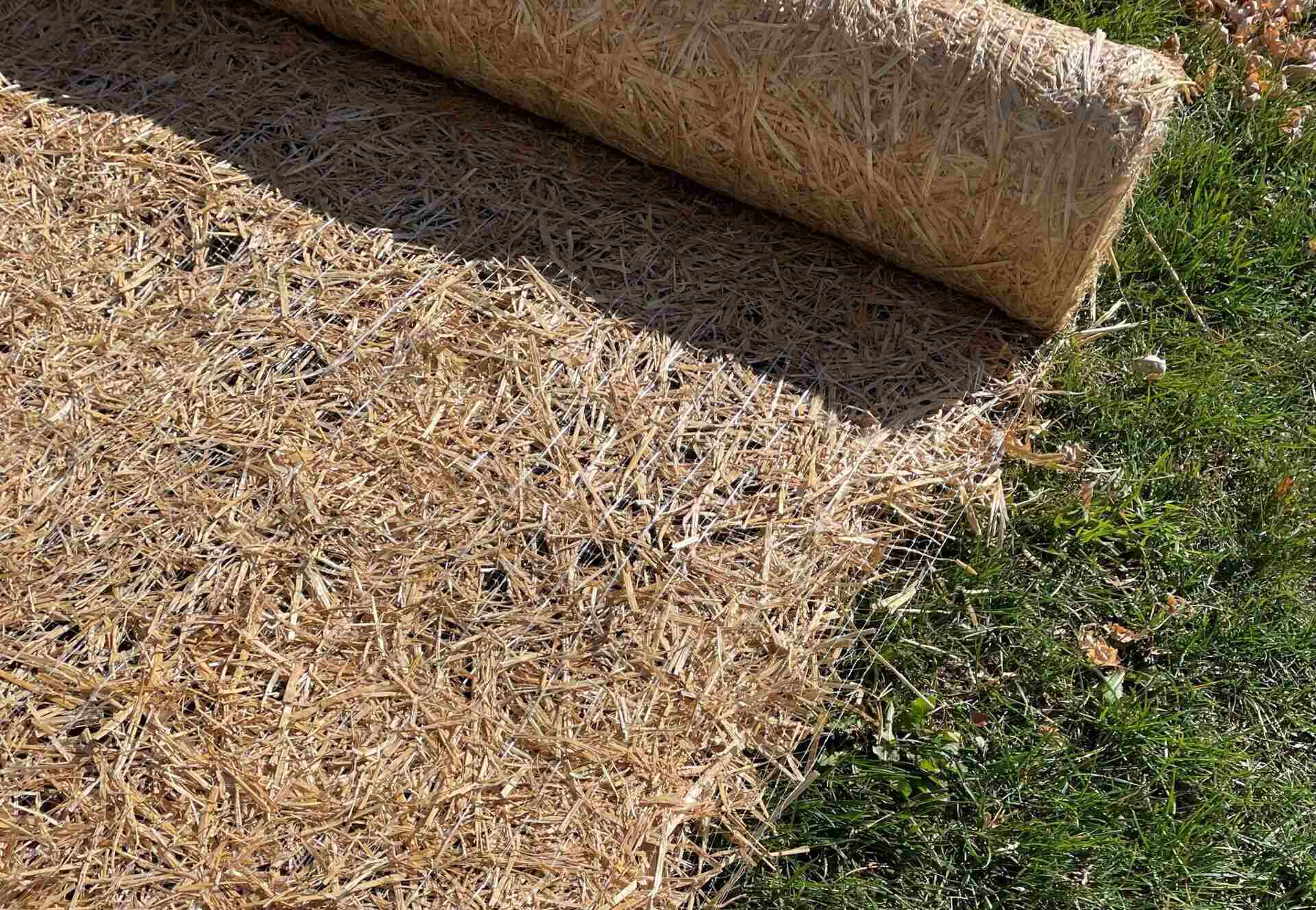

Garden Essentials
What Is Best To Cover New Grass Seed
Modified: October 18, 2024
Discover the best ways to cover new grass seed in your garden. Get expert tips and advice on creating the ideal conditions for successful grass seed germination.
(Many of the links in this article redirect to a specific reviewed product. Your purchase of these products through affiliate links helps to generate commission for Storables.com, at no extra cost. Learn more)
Introduction
Welcome to the world of gardening! Whether you’re a seasoned gardener or just starting out, one of the most exciting endeavors is growing new grass from seed. It is an essential step in creating a lush and vibrant lawn. While the process of sowing the seeds is crucial, equally important is properly covering the new grass seed. In this article, we will explore the different options for covering new grass seed and discuss their benefits and drawbacks.
When it comes to covering new grass seed, the main goal is to provide the seeds with the best conditions for germination and growth. The covering serves multiple purposes, including protecting the seed from birds, providing insulation, and retaining moisture. Additionally, it helps to create an optimal microclimate for the seeds to thrive.
There are several types of covering options available, each with its own advantages and considerations. These options include straw, hay, mulch, and blankets or mats. Understanding the benefits and drawbacks of each option will allow you to make an informed decision and maximize the success of your new grass seed.
Before we dive into the details of each covering option, it’s important to note that the choice of covering material may vary depending on factors such as climate, soil conditions, and personal preference. Let’s explore the different covering options and their characteristics in more detail.
Key Takeaways:
- Choose straw or mulch to cover new grass seed for protection, moisture retention, and insulation. Be mindful of weed seeds and proper thickness for successful germination and growth.
- Prepare soil, apply even covering, and monitor weed growth for successful new grass seed growth. Remove covering once grass has established, and follow proper lawn care practices.
Read more: What To Cover New Grass Seed With
Importance of Covering New Grass Seed
When it comes to the process of growing new grass from seed, covering the seeds is a crucial step that should not be overlooked. Here, we will discuss the importance of covering new grass seed and why it is essential for successful germination and growth.
1. Protection from birds and pests: One of the primary reasons for covering new grass seed is to protect it from birds and pests. Uncovered seeds are vulnerable to being eaten by birds and other animals, which can greatly hinder the germination process. By providing a covering, such as straw or hay, you create a barrier that helps deter birds and pests from accessing the seeds, increasing the chances of successful germination.
2. Insulation and temperature regulation: Covering new grass seed helps to create an optimal microclimate for germination. It provides insulation, protecting the seeds from extreme temperatures and fluctuations. This is especially beneficial in colder climates, as the covering acts as a shield, keeping the soil warm and facilitating faster germination.
3. Moisture retention: Another key benefit of covering new grass seed is its ability to retain moisture. Seeds require a consistent level of moisture to germinate and establish roots. By covering the seeds, you help to prevent moisture loss through evaporation, ensuring that the soil remains adequately moist. This is particularly important in arid or dry environments where water retention can be a challenge.
4. Weed suppression: Covering the new grass seed can also aid in suppressing weed growth. Weeds compete for nutrients, sunlight, and space, which can hinder the growth of the new grass. The covering acts as a physical barrier, reducing the chances of weed seeds germinating and outcompeting the grass seedlings.
5. Erosion control: If you are sowing grass seed on sloped areas or areas prone to erosion, covering the seeds is crucial to prevent them from washing away during heavy rains or winds. The covering helps to anchor the seeds in place and provides stability to the soil, reducing the risk of erosion.
It’s important to note that while covering new grass seed offers numerous benefits, it is equally important to choose a covering option that is suitable for your specific needs and the conditions of your garden. Understanding the different covering options available and their pros and cons will help you make an informed decision. Let’s explore the various covering options in the next section.
Types of Covering Options
When it comes to covering new grass seed, there are several options available. Each option has its own unique characteristics and considerations. Let’s take a closer look at the different types of covering options and their benefits.
- Straw: Straw is a popular choice for covering new grass seed. It provides effective protection against birds and pests while allowing sunlight to reach the seeds. Straw also helps retain moisture in the soil and insulates the seeds, promoting faster germination. It is important to use straw that is free from weed seeds to prevent weed growth. Spread a thin layer of straw over the seeded area, aiming for even coverage.
- Hay: Similar to straw, hay can be used as a covering option for new grass seed. It offers good insulation and moisture retention properties. However, hay may contain weed seeds, so it is important to choose weed-free hay or use it in combination with a weed barrier. Apply a layer of hay evenly over the seeded area, ensuring that it is not too thick to allow sunlight to penetrate through.
- Mulch: Mulch is another effective covering option for new grass seed. It helps retain moisture in the soil, suppresses weed growth, and regulates soil temperature. Organic mulches, such as shredded leaves, wood chips, or compost, are ideal choices. Spread a layer of mulch evenly over the seeded area, making sure it is not too thick to prevent the grass seedlings from emerging.
- Blankets or Mats: Blankets or mats specifically designed for covering new grass seed offer excellent protection and insulation. They are usually made from biodegradable materials and are easy to install. These blankets create a warm and moist environment, which promotes quick germination and growth. Lay the blankets or mats over the seeded area, securing them with stakes or pins to keep them in place.
It is important to consider the specific needs of your grass seed when choosing the covering option. Factors such as climate, soil conditions, and personal preference should be taken into account. Additionally, be mindful of the thickness and evenness of the covering to ensure proper airflow and sunlight penetration.
Now that we have explored the different types of covering options, let’s discuss the benefits and drawbacks of each option in the next section. This will help you make an informed decision about which covering option is best suited for your new grass seed.
Straw
Straw is often considered one of the most popular and commonly used types of covering options for new grass seed. It offers several benefits and is widely available. Let’s take a closer look at the advantages and considerations of using straw as a covering for your new grass seed.
Benefits:
- Bird and pest deterrent: Straw acts as a physical barrier, protecting the new grass seed from birds and pests. It helps prevent them from eating or disturbing the seeds, increasing the chances of successful germination.
- Moisture retention: Straw is effective at retaining moisture in the soil, which is essential for proper germination and establishment of the grass seedlings. It helps prevent the soil from drying out too quickly, ensuring a consistent moisture level in the root zone.
- Insulation: Straw provides insulation to the new grass seed, helping to regulate soil temperature. It acts as a barrier against extreme heat or cold, creating a more favorable environment for germination and growth.
- Easy application: Straw is lightweight and easy to spread evenly over the seeded area. It can be applied manually or by using a spreader. The process of applying straw is relatively quick and straightforward, making it a convenient option for covering new grass seed.
Considerations:
- Weed seeds: One potential drawback of using straw is the presence of weed seeds. Straw that has not been properly processed or sourced from an unreliable supplier may contain weed seeds. To minimize the risk of weed growth, it is crucial to use weed-free straw or straw that has been certified as weed-free.
- Thickness: While covering the new grass seed with straw is essential, it is crucial not to apply it too thickly. A thick layer of straw can obstruct sunlight and prevent the grass seedlings from emerging. Aim for a thin layer of straw that provides sufficient coverage without smothering the seeds.
- Decomposition and removal: Over time, straw will decompose and break down into the soil. While this natural decomposition process can add organic matter to the soil, it may require removal if it becomes excessive. Keep an eye on the condition of the straw and remove any clumps or excessive build-up to prevent it from hindering the growth of the new grass seedlings.
By considering the benefits and drawbacks of using straw as a covering option, you can make an informed decision about whether it is the right choice for your new grass seed. Remember to source high-quality straw and apply it properly to ensure the best conditions for germination and growth.
Hay
Hay is another popular option for covering new grass seed. It offers similar benefits to straw but has a few distinct characteristics and considerations. Let’s explore the advantages and considerations of using hay as a covering option for your new grass seed.
Benefits:
- Insulation and moisture retention: Like straw, hay provides insulation to the new grass seed, helping to regulate soil temperature and retain moisture. This creates a favorable environment for germination and growth.
- Availability: Hay is readily available in many areas, making it easily accessible for use as a covering option.
- Cost-effective: Hay is often affordable, making it a cost-effective choice for covering large areas of new grass seed.
Considerations:
- Weed seeds: One potential drawback of using hay is the presence of weed seeds. Unlike straw, hay is typically harvested from fields that may contain a higher number of weed seeds. This increases the risk of weed growth in your new grass seed. To mitigate this, it is crucial to select weed-free hay or use it in combination with a weed barrier.
- Thickness: As with straw, it is important not to apply hay too thickly. A thick layer of hay can impede sunlight penetration and prevent the grass seedlings from emerging. Aim for a thin and even layer of hay that covers the seeded area adequately while still allowing sunlight to reach the seeds.
- Decomposition and removal: Hay will decompose over time, adding organic matter to the soil. However, excessive decomposition or clumping can hinder the growth of the new grass seedlings. Regularly monitor the condition of the hay and remove any unmanageable clumps or excessive build-up to maintain optimal conditions for germination.
Taking into account the benefits and considerations of using hay as a covering option will help you determine if it is suitable for your new grass seed. Ensure the hay is of good quality, free from weed seeds, and applied correctly for the best germination and growth results.
Read more: What Fertilizer Is Best For New Grass Seed
Mulch
Mulch is a versatile and effective option for covering new grass seed. It offers several benefits and is commonly used in gardens and landscaping. Let’s explore the advantages and considerations of using mulch as a covering option for your new grass seed.
Benefits:
- Moisture retention: Mulch is excellent at retaining moisture in the soil, which is crucial for seed germination and early growth. It helps prevent the soil from drying out too quickly, ensuring a consistent level of moisture for the developing grass seedlings.
- Weed suppression: Mulch acts as a natural weed suppressant by preventing weed seeds from germinating and competing with the new grass seed. It creates a barrier that reduces sunlight penetration to weed seeds, helping to smother them and limit their growth.
- Insulation and temperature regulation: Mulch provides insulation to the new grass seed, helping to regulate soil temperature. It acts as a barrier against extreme heat or cold, creating a more favorable environment for germination and early growth.
- Soil protection: Mulch helps protect the soil from erosion caused by heavy rainfall or strong winds. It forms a protective layer that helps anchor the grass seed and prevents soil particles from washing away, maintaining soil stability.
Considerations:
- Choose organic mulch: When using mulch for covering new grass seed, it is best to opt for organic mulch options such as shredded leaves, wood chips, or compost. These types of mulch not only provide the benefits mentioned above but also add organic matter to the soil as they break down. Avoid using synthetic mulches that may not decompose or enrich the soil.
- Proper thickness: A layer of mulch that is too thick may restrict air circulation and prevent the grass seedlings from emerging. Aim for a thickness of about 1 to 2 inches when applying mulch over the seeded area. This provides sufficient coverage to retain moisture and suppress weeds while allowing the grass seedlings to grow through the mulch layer.
- Regular maintenance: Mulch requires occasional maintenance to prevent it from becoming compacted or forming a crust that hinders the growth of the new grass seedlings. Gently fluff or stir the mulch periodically to ensure good airflow and water penetration. This will help create an optimal environment for grass seed germination and growth.
By considering the benefits and considerations of using mulch as a covering option, you can determine if it is the right choice for your new grass seed. Choose organic mulch options, apply it properly, and maintain it to ensure successful germination and establishment of your new lawn.
Blankets or Mats
Blankets or mats specifically designed for covering new grass seed offer a convenient and effective option for ensuring successful germination and growth. These specialized coverings provide unique benefits and considerations. Let’s explore the advantages and considerations of using blankets or mats as a covering option for your new grass seed.
Benefits:
- Protection and insulation: Blankets or mats offer excellent protection for the new grass seed by acting as a physical barrier against birds, pests, and harsh weather conditions. They also provide insulation, creating a warm and moist environment that promotes faster germination and growth.
- Easy installation: Blankets or mats are designed to be easy to install. They usually come in pre-cut sizes or rolls that can be easily laid over the seeded area. The convenience of installation saves time and effort, making them a popular choice for covering new grass seed.
- Effective moisture retention: These coverings help retain moisture in the soil by reducing evaporation and preventing excessive water runoff. They create a microclimate that maintains optimal moisture levels for the germination and establishment of the grass seedlings.
Considerations:
- Cost: Blankets or mats may come at a higher cost compared to other covering options such as straw or mulch. However, their effectiveness and convenience may outweigh the initial investment for many gardeners.
- Biodegradable materials: It is important to choose blankets or mats made from biodegradable materials, as they will break down over time and integrate into the soil naturally. This ensures that they do not pose any long-term environmental concerns.
- Proper anchoring: To ensure that blankets or mats stay securely in place, it is crucial to use stakes or pins to anchor them to the ground. This prevents them from shifting or blowing away during inclement weather and maintains consistent coverage over the seeded area.
- Maintenance and removal: Depending on the specific product, blankets or mats may require periodic inspection and adjustment to ensure they remain properly in position. Once the grass seed has germinated and established, the blankets or mats should be carefully removed to allow the grass to grow freely.
By considering the benefits and considerations of using blankets or mats as a covering option, you can determine if they are suitable for your new grass seed. Ensure the materials used are biodegradable, follow proper installation techniques, and perform regular maintenance to maximize the success of germination and growth.
Water the new grass seed lightly and frequently to keep the soil moist, but not waterlogged. Cover the seeded area with a thin layer of straw to protect the seeds and help retain moisture.
Benefits and Drawbacks of Each Covering Option
Now that we have explored the different types of covering options for new grass seed, let’s discuss the benefits and drawbacks of each option to help you make an informed decision based on your specific needs and circumstances:
-
Straw
Benefits:
- Effective bird and pest deterrent
- Moisture retention
- Insulation for faster germination
- Easy to apply
Considerations:
- Potential for weed seeds
- Thickness should be carefully controlled
- Decomposition and removal may be required
-
Hay
Benefits:
- Insulation and moisture retention
- Readily available
- Cost-effective for large areas
Considerations:
- Potential for weed seeds
- Proper thickness is crucial
- Decomposition and removal may be necessary
-
Mulch
Benefits:
- Moisture retention
- Weed suppression
- Insulation and temperature regulation
- Soil protection
Considerations:
- Choose organic mulch options
- Proper thickness is important
- Regular maintenance required
-
Blankets or Mats
Benefits:
- Protection and insulation
- Easy installation
- Effective moisture retention
Considerations:
- Higher cost compared to other options
- Use biodegradable materials
- Proper anchoring required
- Maintenance and removal necessary
By analyzing the benefits and considerations of each covering option, you can determine which one aligns best with your goals, preferences, and the specific conditions of your new grass seed. Remember to take into account factors such as cost, weed control, moisture retention, and ease of application when making your decision.
Best Practices for Covering New Grass Seed
Covering new grass seed is an important step in ensuring successful germination and establishment. To maximize the effectiveness of the covering and create the ideal conditions for your new grass seed, here are some best practices to follow:
- Prepare the soil: Before sowing the grass seed, make sure the soil is properly prepared. Remove any debris, rocks, or weeds that may hinder the growth of the seedlings. Rake the soil to create a smooth and level surface, allowing for even coverage of the covering material.
- Choose the appropriate covering: Consider factors such as climate, soil conditions, and personal preferences when selecting the covering material. Assess the benefits and drawbacks of each option to determine the best fit for your situation.
- Apply the covering evenly: Whether using straw, hay, mulch, or blankets, ensure that the covering is applied evenly over the seeded area. This helps to provide consistent protection, insulation, and moisture retention.
- Control the thickness: It is important to apply the covering material at the appropriate thickness. A thin and even layer is sufficient to provide the necessary benefits without obstructing sunlight or suffocating the grass seedlings.
- Avoid excessive watering: While it is important to keep the soil moist during the germination period, avoid overwatering. Excessive moisture can lead to fungal diseases and hinder the growth of the new grass seedlings. Follow proper watering practices to maintain the right balance of moisture.
- Monitor for weed growth: Regularly inspect the area for any weed growth. While the covering material helps suppress weeds, some may still manage to germinate. Promptly remove any weeds to prevent them from competing with the grass seedlings for nutrients and space.
- Maintain the covering: Depending on the type of covering option chosen, periodically inspect and adjust it as needed. Maintain proper airflow, moisture retention, and protection by fluffing or stirring the covering material, removing excessive clumps or buildup, and ensuring it remains securely in place.
- Remove the covering: Once the grass seed has germinated and established, it is essential to remove the covering material to allow the grass to grow freely. Carefully lift or remove the covering, taking care not to disturb the newly sprouted seedlings.
- Follow proper lawn care practices: After removing the covering, follow recommended lawn care practices to support the ongoing health and growth of the established grass. This includes regular mowing, watering, fertilizing, and addressing any weed or pest issues that may arise.
By following these best practices for covering new grass seed, you can ensure that your lawn gets off to a healthy start. Providing the right conditions for germination and early growth is key to establishing a lush and vibrant lawn in the long run.
Read more: What Is The Best Ground Cover For A Hillside
Conclusion
Covering new grass seed is a crucial step in the process of establishing a healthy and vibrant lawn. The right covering option provides protection, insulation, moisture retention, and weed suppression, creating an optimal environment for germination and growth. Throughout this article, we have explored the different types of covering options, including straw, hay, mulch, and blankets or mats, and discussed their respective benefits and considerations.
Straw and hay are popular choices due to their effectiveness in deterring birds and pests, retaining moisture, and providing insulation. However, attention must be paid to potential weed seeds and proper thickness to avoid hindering grass seedling emergence. Mulch offers additional benefits such as weed suppression and soil protection, while blankets or mats provide convenience, insulation, and moisture retention with easy installation.
Best practices for covering new grass seed include preparing the soil, choosing the appropriate covering material, applying it evenly, controlling the thickness, monitoring for weed growth, maintaining the covering, and removing it once the grass seed has established. Following these guidelines will set the stage for successful germination and establish a healthy lawn.
It is important to remember that the choice of covering material may vary depending on factors such as climate, soil conditions, and personal preference. Consider your specific needs and circumstances when making a decision, and don’t hesitate to seek advice from local gardening experts or professionals.
By properly covering new grass seed and providing the right conditions for growth, you can lay the foundation for a vibrant and beautiful lawn. With patience, care, and adherence to best practices, you’ll be rewarded with a lush and thriving green carpet that enhances the beauty of your outdoor space for years to come.
Frequently Asked Questions about What Is Best To Cover New Grass Seed
Was this page helpful?
At Storables.com, we guarantee accurate and reliable information. Our content, validated by Expert Board Contributors, is crafted following stringent Editorial Policies. We're committed to providing you with well-researched, expert-backed insights for all your informational needs.
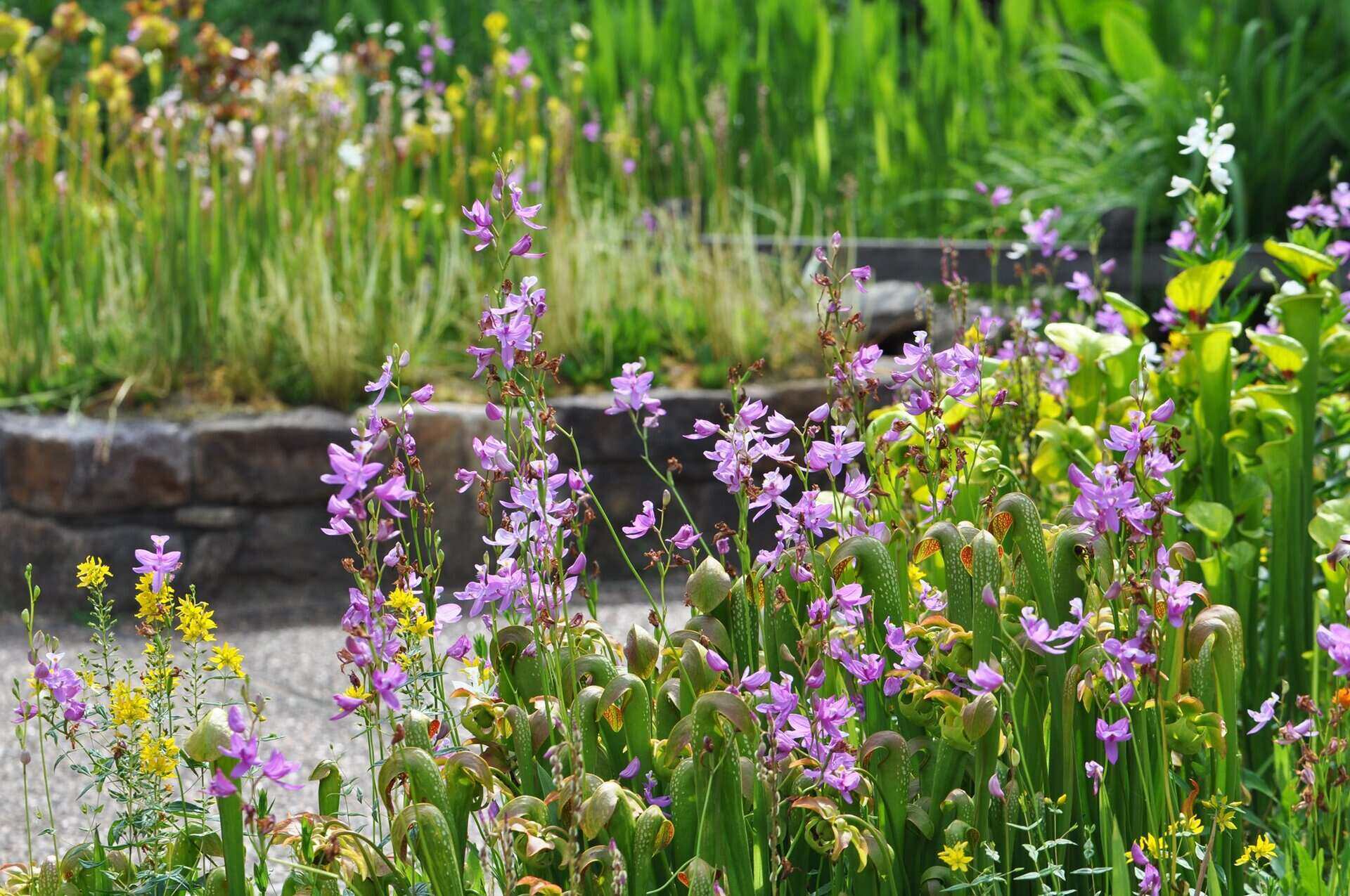
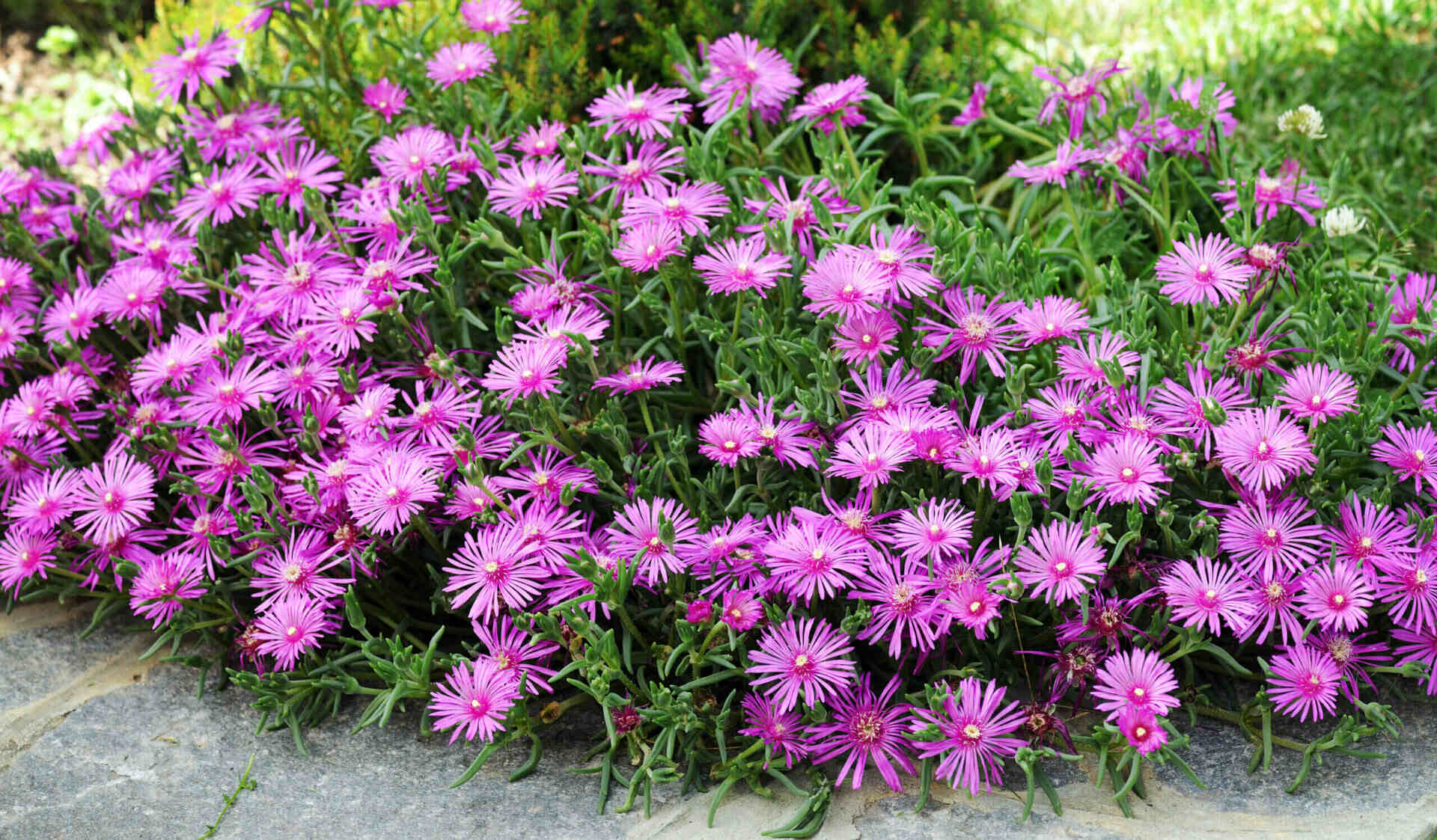
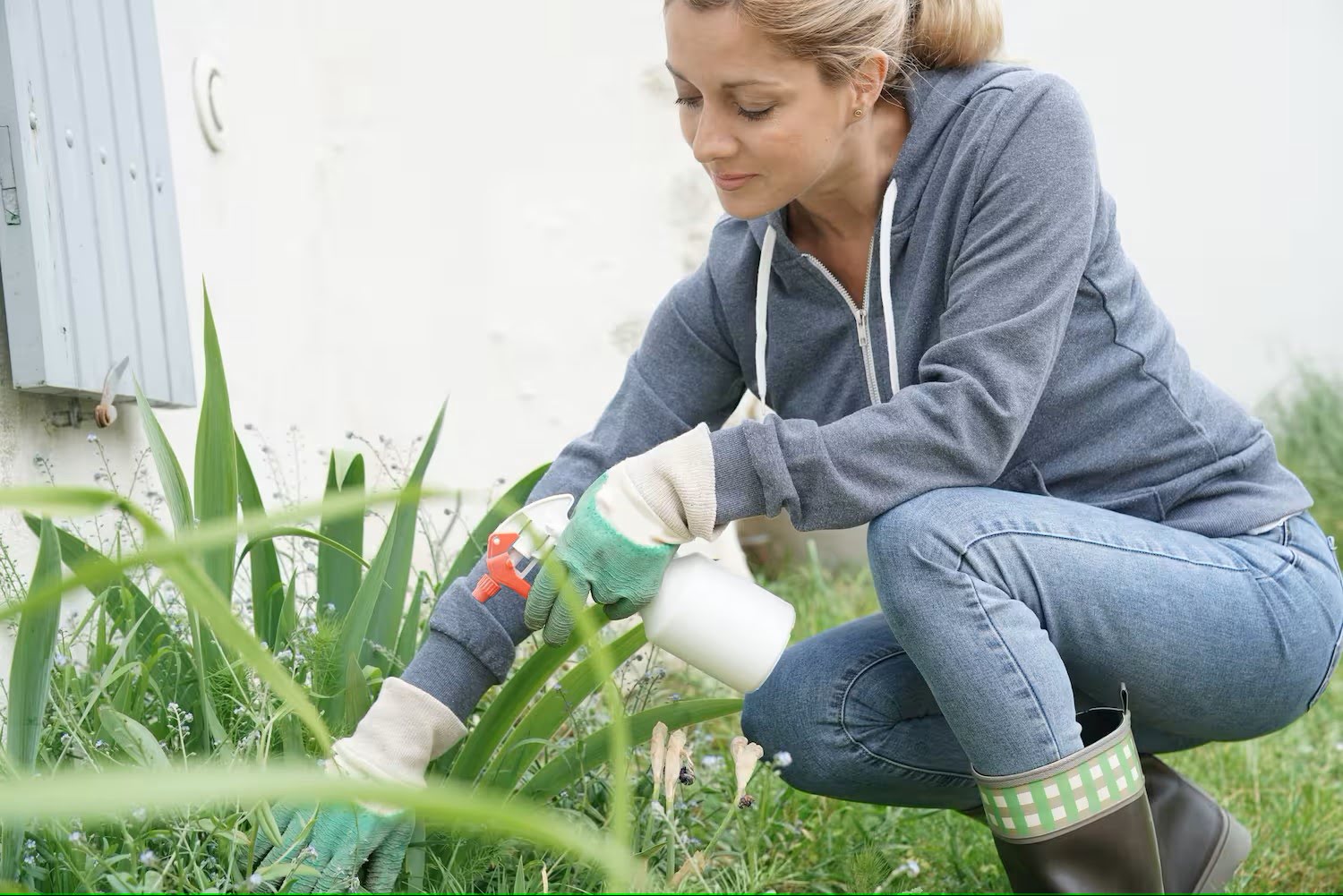
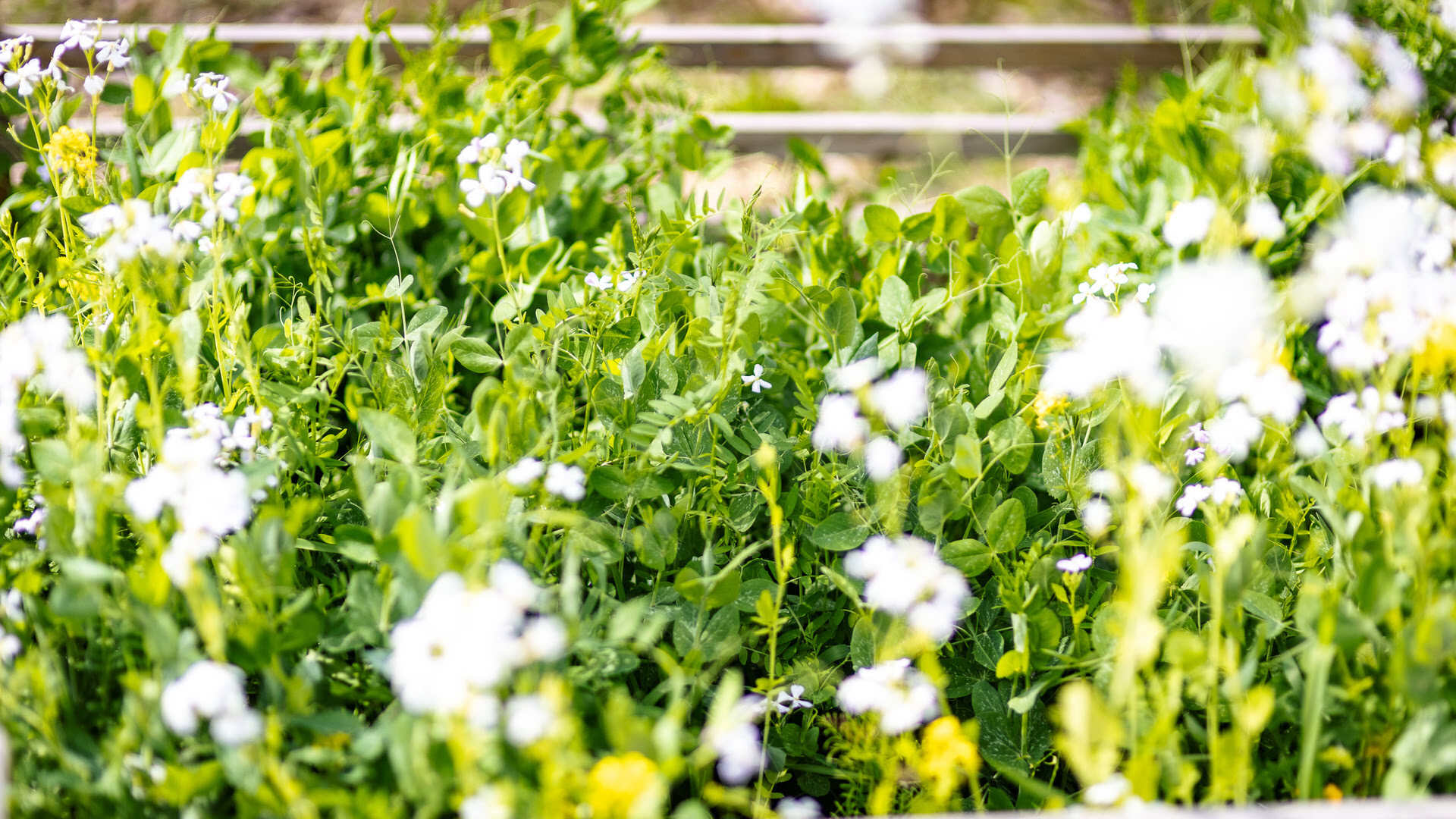
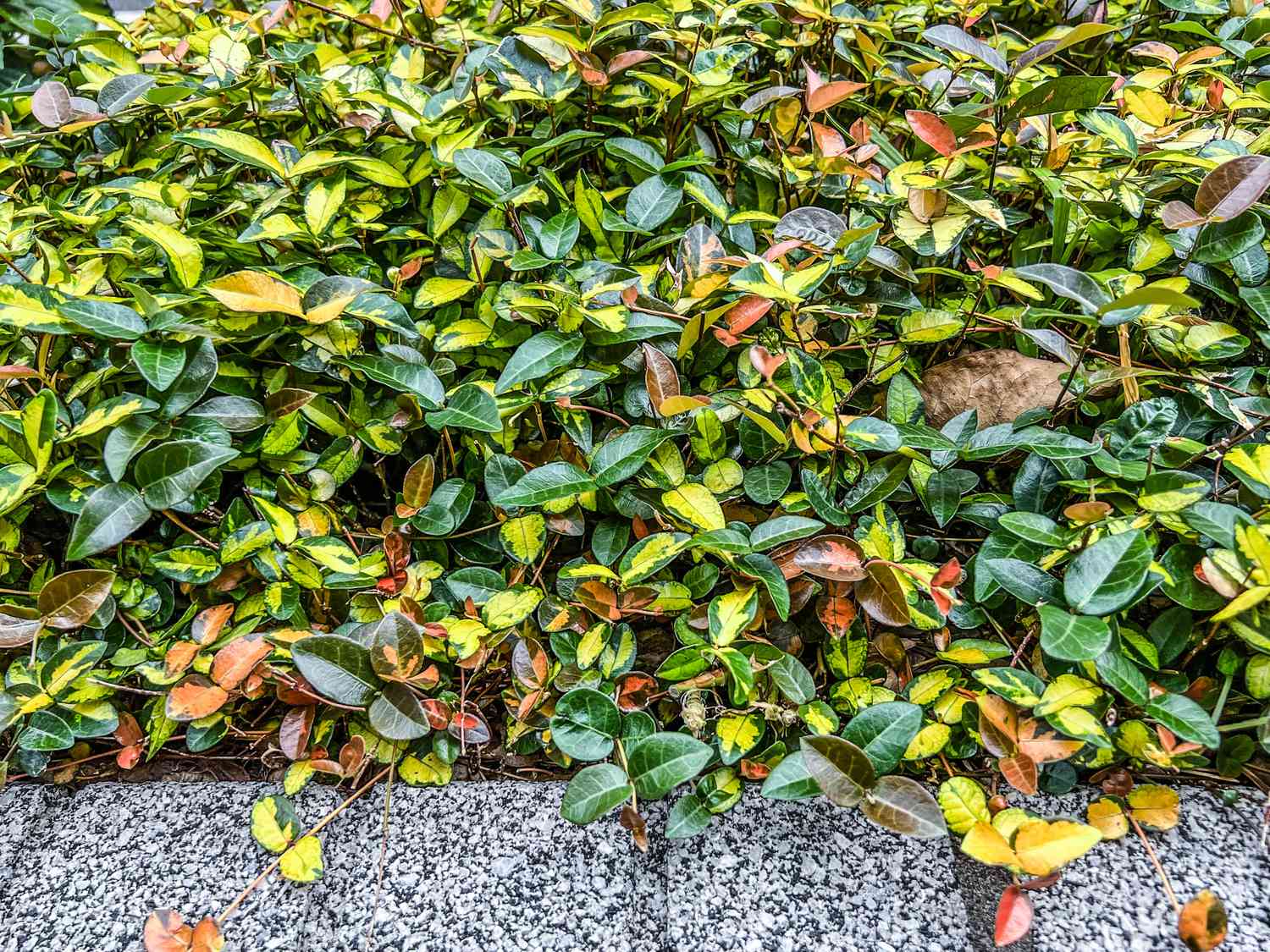
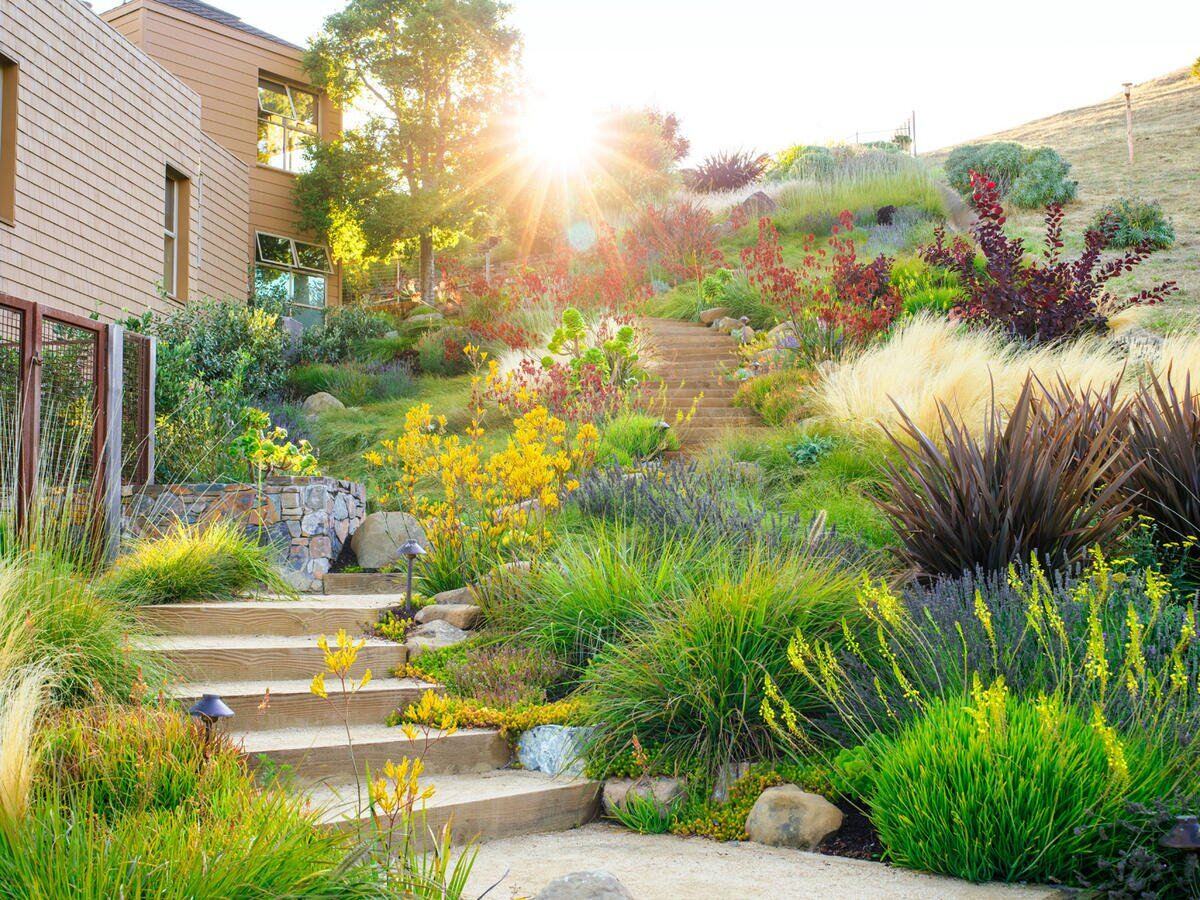
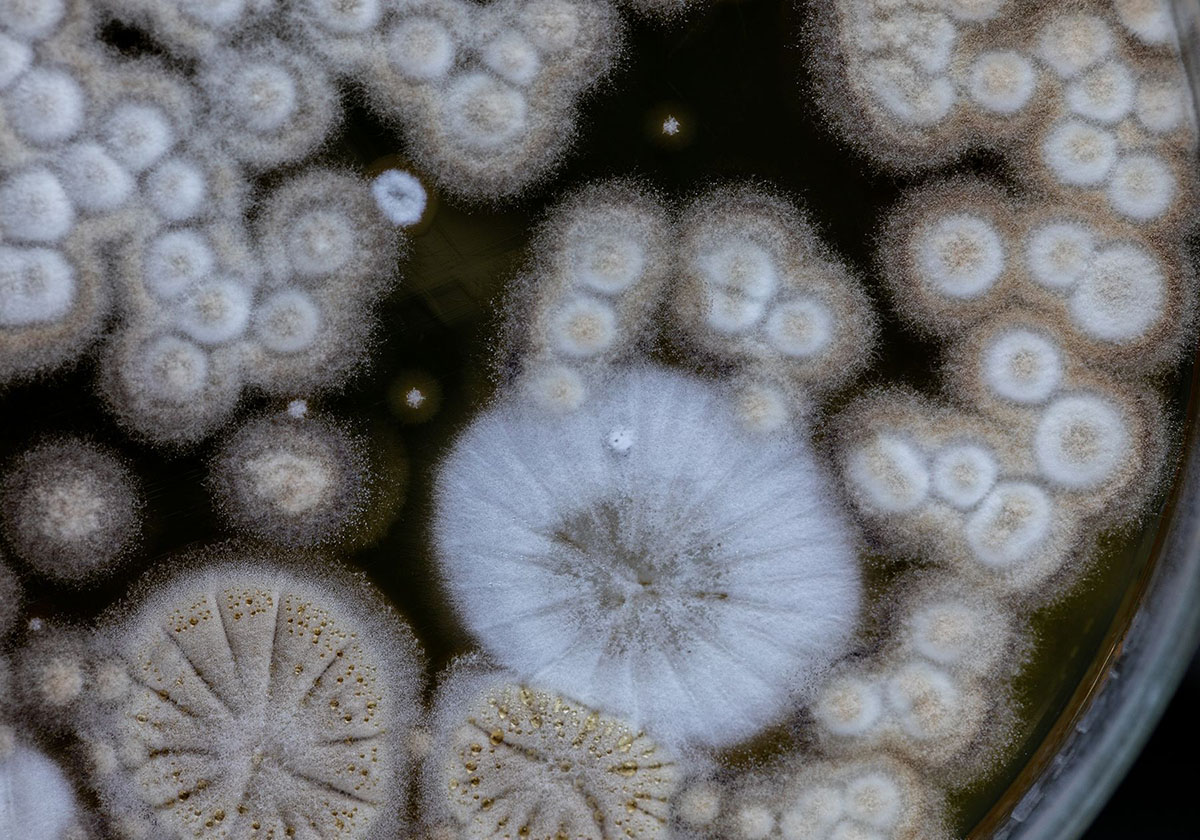
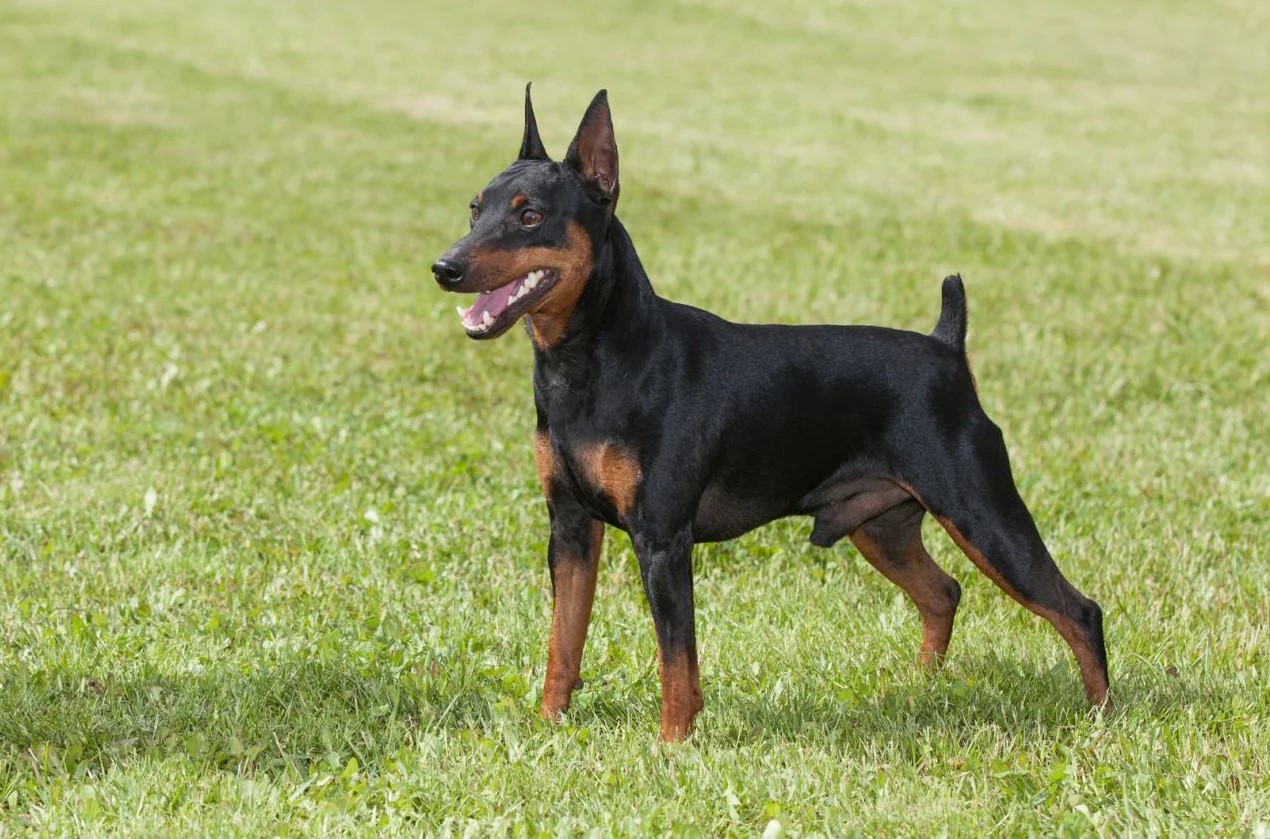
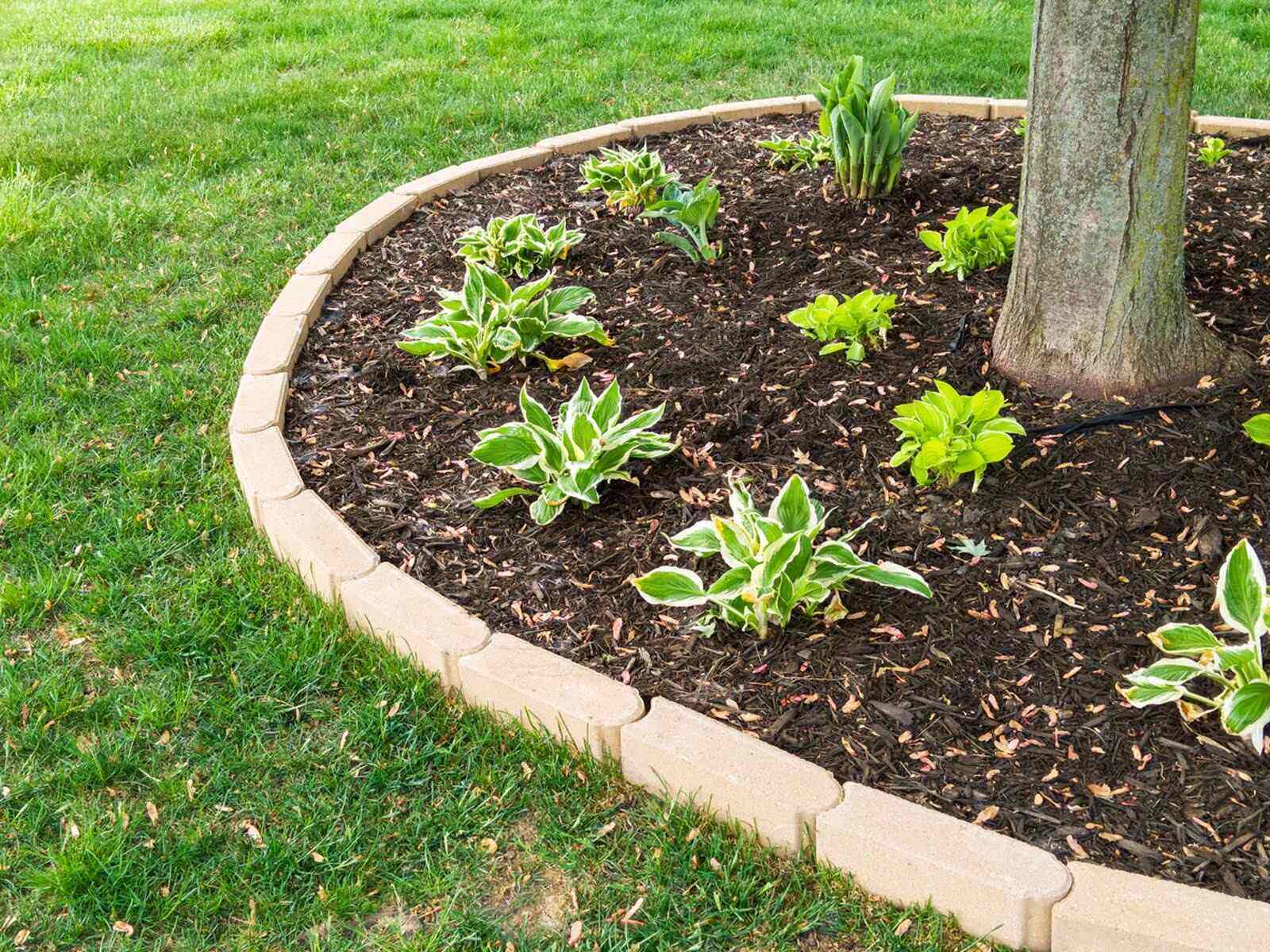
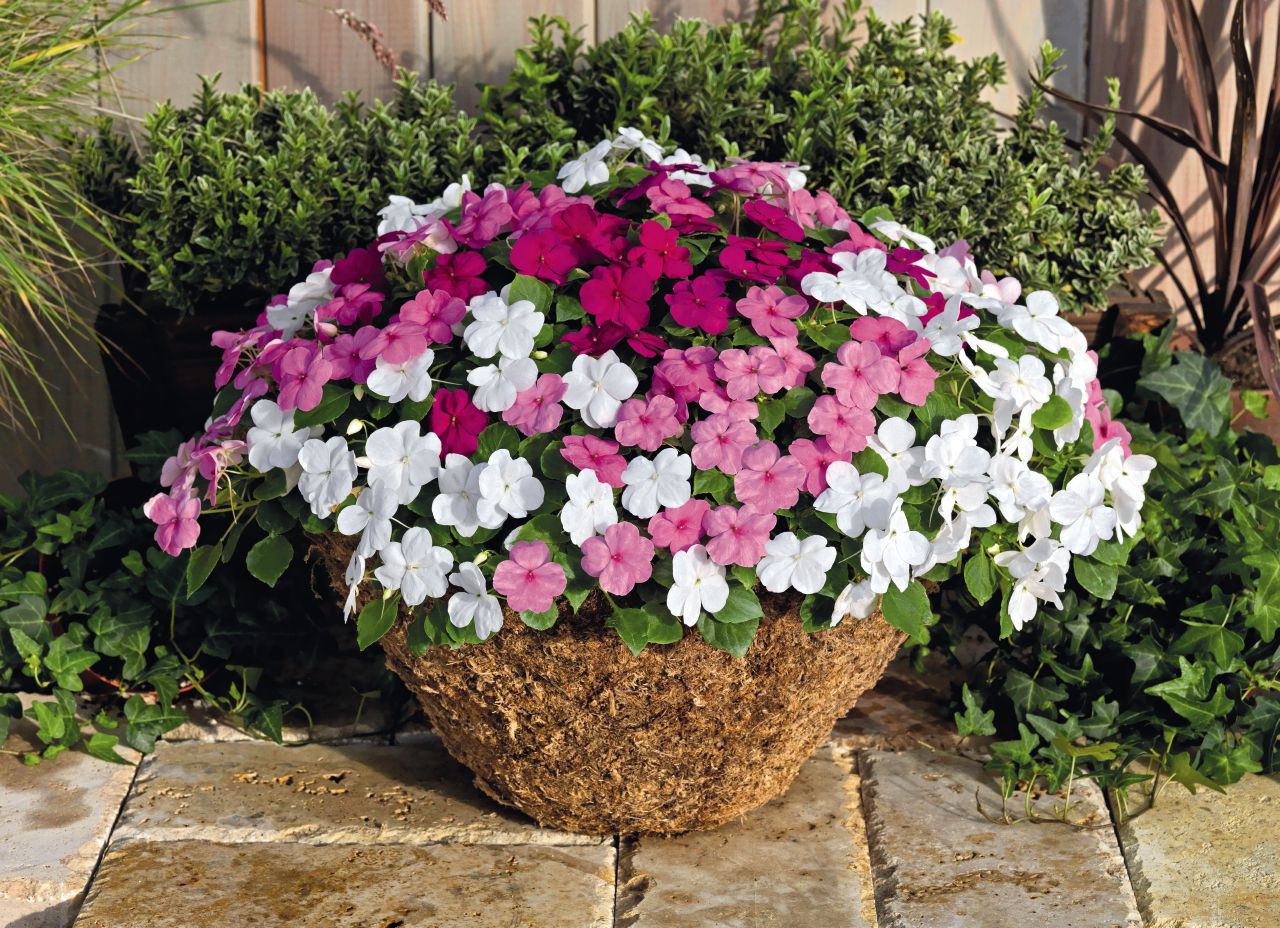

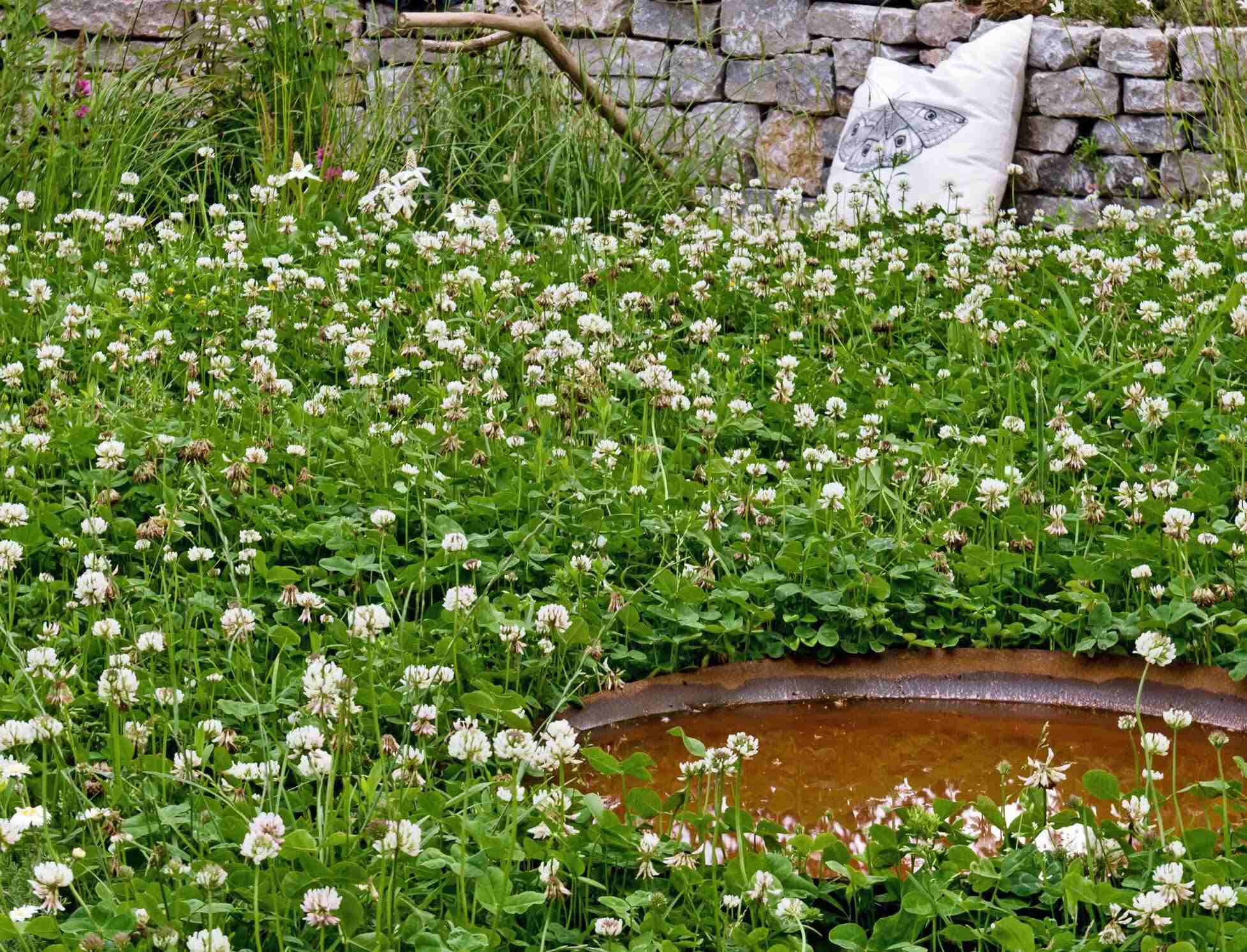

0 thoughts on “What Is Best To Cover New Grass Seed”